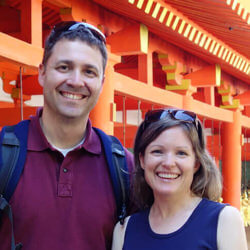What to Wear in Japan
Deciding what to wear in Japan on your holiday can be a bit stressful. Especially if you are not familiar with the culture and the weather.
I’m not too big on fashion, so I’m not going to tell you what you need to wear to set the trends in Tokyo. I’m here to help you understand what clothes will be best for your trip to Japan.
Suggestions of What to Wear in Japan
I’ll start with the spring and fall because it is when we run our tours, and end it with winter and summer.
What to Wear in the Spring & Fall
Photo courtesy of © JNTO
Head: Japan can be pretty windy, and if you have sensitive ears it can be a bit painful. I highly recommend a thin hat or some light ear muffs. No need for heavy winter hats, just something to block the wind and keep your ears warm at night.
Eyes: Although it rains a good bit in Japan, there will also be beautiful sunshine. You will be outside quite a bit, so don’t forget those sunglasses. It’s a bit more difficult to find a nice, cheap pair of shades in Japan than it is back home.
Face: The sun in Japan can deceive you when mixed with the cool brisk air of spring and fall. Getting sunburned is quick and subtle, so make sure you bring some sunscreen. They might not have your brand and it’s really hard to find sunscreen without skin whitener.
Neck: A light scarf may be in order if you are particularly sensitive to wind on your neck or chilly nights. If you forget and you find you need one, it’s easy to pick one up at a clothing store in just about any city.
Photo courtesy of © JNTO
Body: Layers, layers, layers. I can not stress this enough. Depending on how long you will be in Japan, I would bring about 5 to 7 days worth of shirts. Some of the hotels we stay at on our tours have washing machines, so you may be able to do some laundry. Also, I won’t tell anyone if you re-wear one or two shirts.
I recommend bringing some t-shirts or polos for your bottom layer. Then some light long sleeved shirts. These can be long sleeved t-shirts, light sweaters and/or button downs. For your outer most layer, I would recommend a nice warm fleece or a light jacket.
I usually wear either a t-shirt or a polo as my bottom layer. If it’s a t-shirt, then I’ll wear a button down Oxford. With the polo, it depends on the temperature for the day. If it’s a bit chilly, I’ll throw a light sweater on too. Then I wrap everything up in either a fleece or a light jacket.
Hands: You may want to consider a light pair of gloves during early spring and late fall. However, you can also easily find a relatively cheap pair at either Uni Qlo or a convenience store.
Legs: Depending on how long you’re going to be in Japan, I would bring 3 to 4 pairs of pants – khakis, jeans, capris, slacks. It’s pretty warm in late spring and early fall, so you may want to bring a 3 to 4 pairs of dress shorts with you too. If you normally wear shorts back home, then you may want to bring some during the hotter months of May, early June, September, and early October.
I usually bring 2 pairs of quick drying travel slacks and 4 pairs of quick drying travel shorts. I highly recommend pants and shorts made from a light weight, quick drying fabric. because it will allow you to bring more pants and shorts without weighing down your suitcase or taking up too much room. Another added benefit is they dry quickly, which is great if we get caught in the rain or if you need to wash a pair in your hotel room.
Underwear: Bring no less than 7 or 8 days worth. You can re-wear a pair of pants and maybe even a shirt, but you probably don’t want to do that with your underpants.
In the spring, especially in the month of March, you may want to consider a thin pair of long underwear if you really don’t like colder weather.
Socks: This is another thing that you probably don’t want to re-wear, so bring plenty of them. If you need more, Uni Qlo sells the most comfortable socks I’ve ever owned. I usually buy a few pair on every trip.
Shoes: Comfortable shoes that are well broken-in. Don’t buy your shoes a day or two before you go on your trip. Buy them a few weeks ahead of time and go for a mile or more walk around your neighborhood or a park.
If they hurt in the slightest bit, either break them in more or return them and get a more comfortable pair. You will do a lot of walking in Japan and blistered feet make it very hard to get around.
Shawn’s shoes for touring Japan
I usually bring a pair of running/walking shoes and one pair of all leather Adidas sneakers. I wear the running shoes for sightseeing during the day and the Adidas sneakers are for evenings and to keep my feet dry if it rains.
On the Adidas website they are called skateboarding shoes, but I don’t skate. I just like them because they are comfortable, they keep my feet dry and they look better for our evenings out.
What to Wear in the Winter
The winter is cold, especially in January and February. You’ll want to dress very warm from head to toe.
Head: You will need a heavy winter hat. If you forget, they have lots of stores selling hats during the winter.
Eyes: It doesn’t rain very much during the winter months, so the days are primarily sunny.
Face: No need to worry about sunburn. Your main concern will be dry lips and wind-burnt checks. If you have a brand of lip balm that you like, I’d bring an extra. They may not have your brand.
Neck: A warm scarf is necessary. Again, if you forget to bring one, they’re easy to find at clothing stores throughout Japan.
Photo courtesy of © TR Miller
Body: The importance of layers still holds. I recommend a couple of t-shirts, a few button downs and two or three sweaters. You’re also going to want a nice heavy coat.
Hands: You will want to take a nice pair of gloves with you. I like to take a pair of Isotoner® style gloves that allow me to use my touch screen smart phone.
Legs: You’ll want to bring 3 to 5 pairs of nice thick pants. Don’t bring sweat pants or jump suits, unless you plan to only wear it in your hotel room. Japanese people only wear them to the gym and you’ll be very underdressed.
Underwear: Along with your 7 or 8 days worth of underwear, bring some long underwear. It gets pretty darn cold standing on a train platform waiting for your train. Some stations have heated waiting rooms, but don’t count on it.
Socks: Nice thick socks are in order. Especially if you’re going to be wearing well ventilated running/walking shoes during sightseeing. Again, no holes and clean.
Shoes: Same as the spring and fall, well broken-in comfortable shoes.
See our Japan Winter Travel Checklist for more tips.
What to Wear in the Summer
The summer is hot and wet. Rainy season lasts about three weeks, from about the middle of June to the beginning of July. During this time it pretty much rains all day and everything feels damp and humid. The rest of July and August are humid and hot.
Head: On sunny days you may want a hat, but it’s no different than a hot summer day back home.
Eyes: I would bring a pair of sunglasses, especially if you go before or after rainy season.
Photo courtesy of © JNTO
Body: No layers needed during the summer. I usually wear a t-shirt or a polo and take as many as I can carry. Forget about long sleeves.
I’ve heard people say silly things like girls shouldn’t wear tank tops, but that isn’t true. Guys, please don’t wear tank tops. This is very strange and you may not be welcome in some establishments. The only exception would be the beach or a pool.
Legs: If you wear shorts, bring them. I take about 5, and a 6th if it fits in my luggage. You are going to sweat a lot and you will want to change everything, often.
Underwear: As much as you can carry. Very hot!
Socks: As thin as you can get. Again, no holes and clean.
Shoes: You may want to omit the all leather shoes and opt for another pair of running/walking shoes. I recommend 2 pairs of shoes because you will probably get caught in the rain at some point and nobody likes to wear soggy shoes.
Sandals and/or some nice looking flip flops are fine also, but I do recommend taking a pair of socks with you. You will be taking your shoes off and putting on communal slippers.
What’s the Weather Like?
It doesn’t matter if you’re visiting Japan in the winter, spring or fall, my advice is to dress in layers. I can’t emphasize this enough.
Winter
With all the sightseeing and public transportation, you are going to spend a good bit of time out in the elements. So it’s good to be prepared for whatever mother nature throws at you. The winter gets pretty cold in Japan, and there is often a piercing wind to go along with it.
Tokyo Average Winter Temperatures
| December | January | February | |
| High | 52°F | 46°F | 48°F |
| Low | 39°F | 36°F | 36°F |
Osaka Average Winter Temperatures
| December | January | February | |
| High | 54°F | 48°F | 48°F |
| Low | 41°F | 37°F | 37°F |
On the other hand, it’s going to be toasty in the stores, hotels and restaurants. So you’ll want to remove a layer or two inside and then re-apply before you leave.
Spring & Fall
The weather is a bit warmer in the spring and fall, and it can fluctuate between the low 50’s to high 70’s, with nights being pretty chilly.
Tokyo Average Spring Temperatures
| March | April | May | |
| High | 54°F | 63°F | 70°F |
| Low | 41°F | 50°F | 57°F |
Osaka Average Spring Temperatures
| March | April | May | |
| High | 55°F | 66°F | 75°F |
| Low | 43°F | 52°F | 61°F |
Tokyo Average Fall Temperatures
| September | October | November | |
| High | 79°F | 68°F | 59°F |
| Low | 68°F | 59°F | 48°F |
Osaka Average Fall Temperatures
| September | October | November | |
| High | 84°F | 73°F | 63°F |
| Low | 70°F | 59°F | 50°F |
The stores, hotels and restaurants still keep it pretty warm, so taking a layer or two off is still necessary.
Summer
The only exception to my layering advice is summer because it’s just too hot to wear more than one of anything.
Tokyo Average Summer Temperatures
| June | July | August | |
| High | 75°F | 82°F | 84°F |
| Low | 64°F | 72°F | 73°F |
Osaka Average Summer Temperatures
| June | July | August | |
| High | 82°F | 88°F | 91°F |
| Low | 68°F | 75°F | 77°F |
My best advice for summer travel is to have a day pack with an extra pair of underwear and socks – or an entire set of clothes. I’m not joking. The summers can get into the 90’s with nearly 100% humidity, especially in late July and August and you’ll find little reprieve from the air-conditioning inside buildings.
Disclaimer: There are affiliate links in this article. This means that if you make a purchase after clicking on these links, we may receive a small commission at no extra cost to you. We have no association with the companies or the products reviewed. These are our own opinions of top travel products.


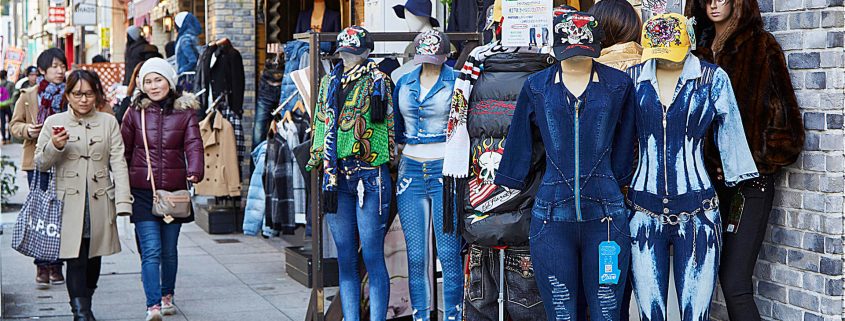 JNTO
JNTO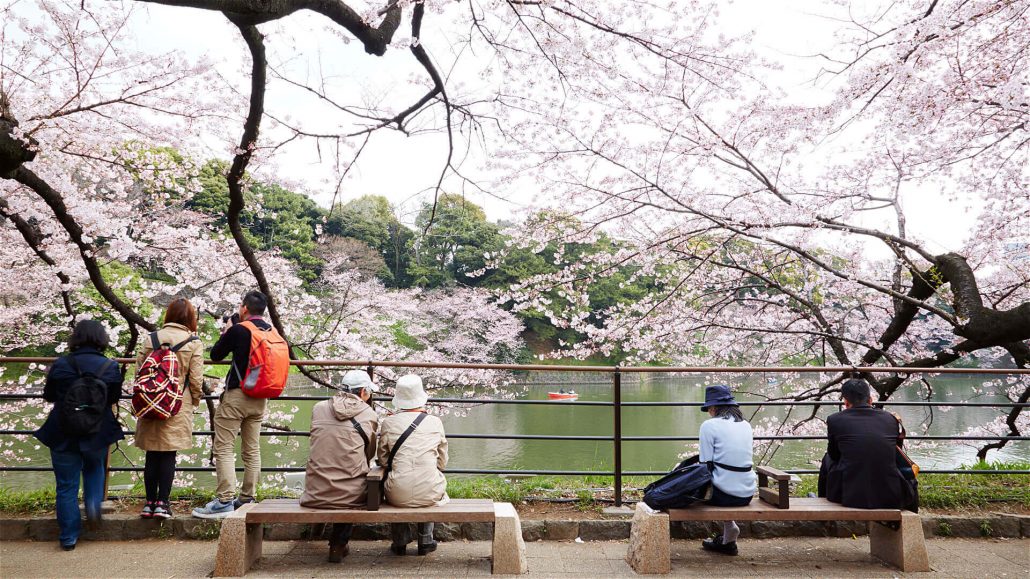
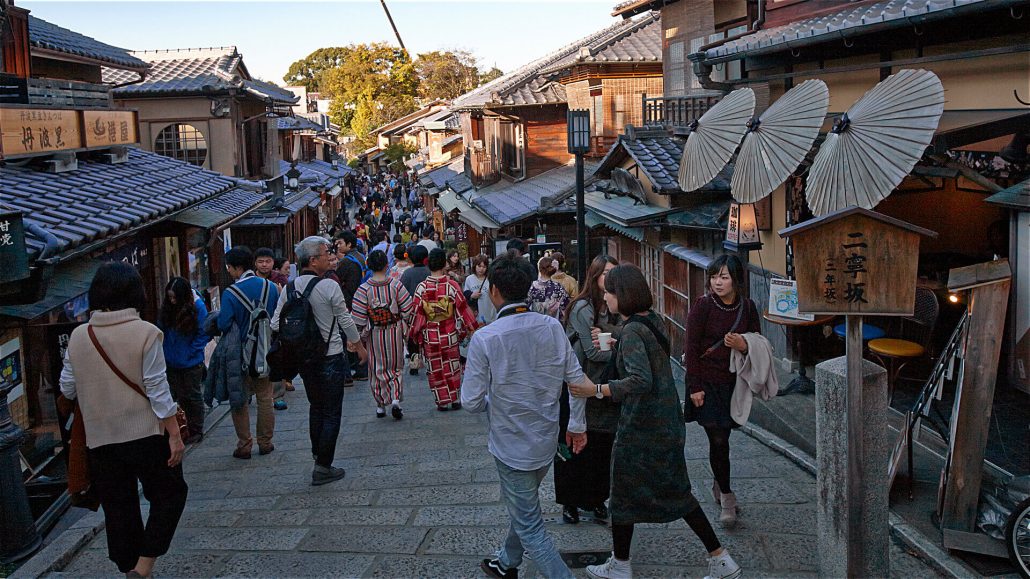
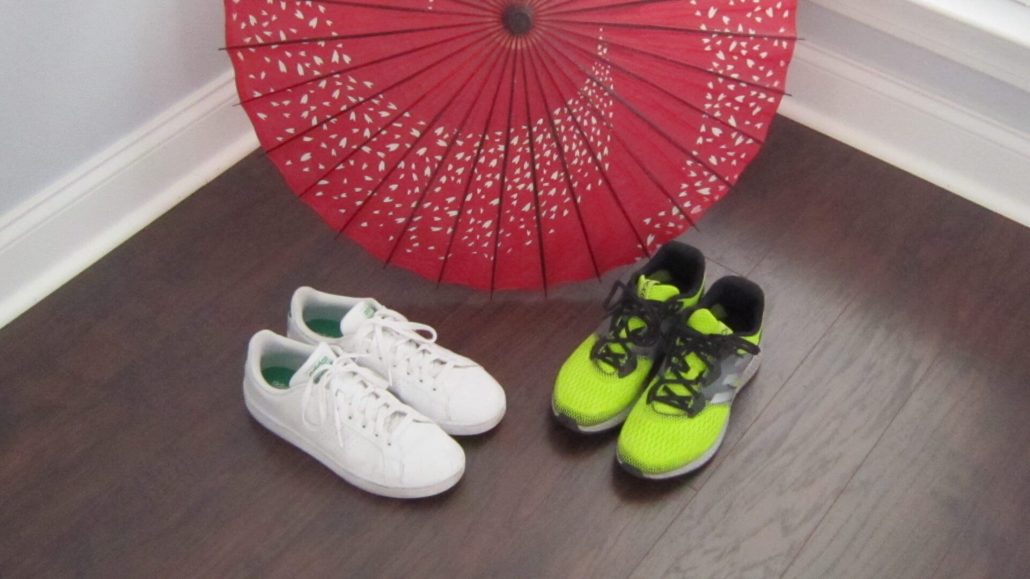

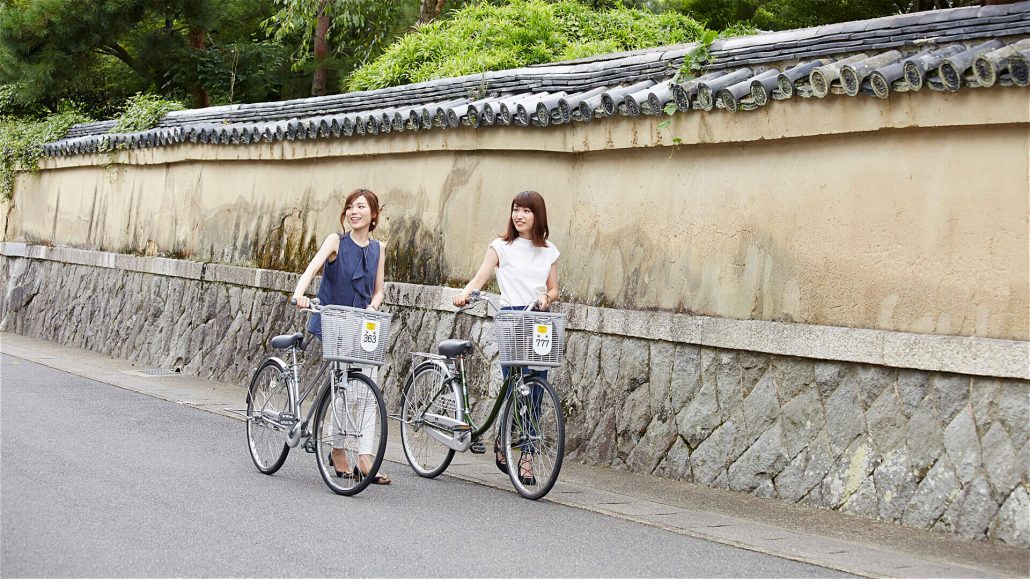
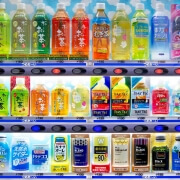 Pixabay
Pixabay 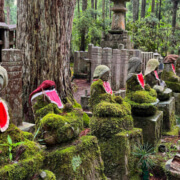 ©JAPANandmore.com
©JAPANandmore.com  ©JAPAN and more
©JAPAN and more 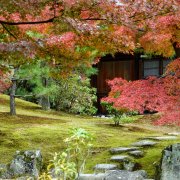 ©JAPANandmore.com
©JAPANandmore.com 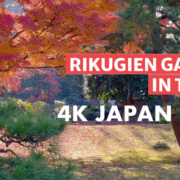 @JAPANandmore
@JAPANandmore  ©JAPAN and more
©JAPAN and more 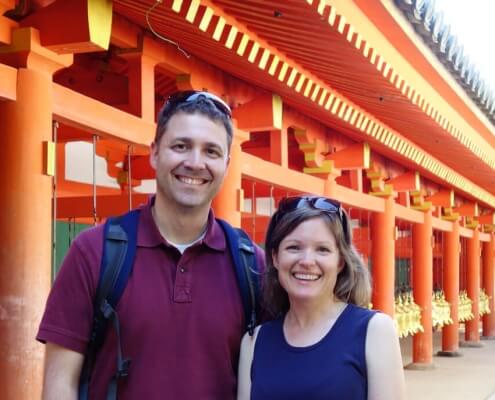




 ©JNTO
©JNTO ©JAPAN and more
©JAPAN and more